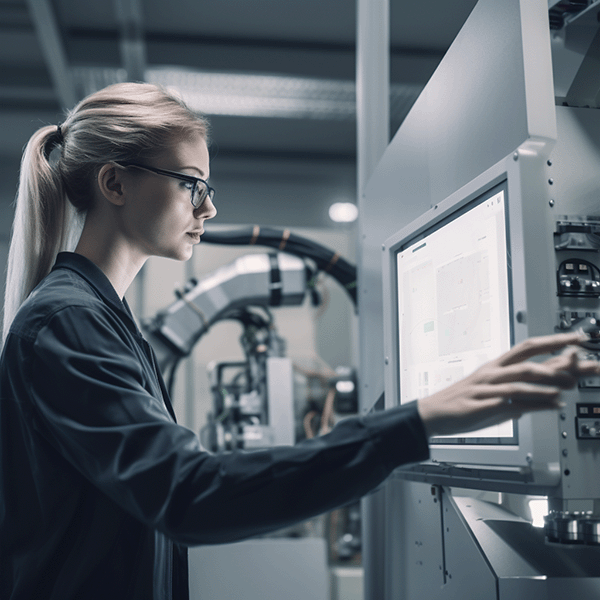In today’s digital era, technology is advancing at an astonishing pace, and one notable development in the field of artificial intelligence (AI) is ChatGPT. This language model has garnered significant attention due to its ability to generate coherent and contextually relevant responses. In this blog post, we will delve into what GPT is, how it works, and the differences it has from other AI and machine learning approaches. Additionally, we will explore the diverse application areas where each technology finds its place.
What is GPT and how does it work?
GPT, short for Generative Pre-trained Transformer, is a state-of-the-art language model developed by OpenAI. It utilizes a deep learning architecture called the Transformer model, which consists of multiple self-attention layers. The strength of GPT lies in its ability to generate human-like text by predicting the most likely word in a given context. It learns from large amounts of text data and captures patterns and relationships in language, enabling it to generate coherent and contextually relevant responses.
One notable aspect of this model is that it develops abstract and concrete reasoning capabilities and a form of understanding of the world, which can be applied across domains. Therefore, it is not only useful for computer science or text generation but also for other applications such as the field of mechanical engineering.
GPT differs from artificial intelligence and machine learning in its approach and functionality.
While GPT is a remarkable advancement in AI, it is important to understand its relationship with artificial intelligence and machine learning. GPT is a specific application of machine learning techniques within the broader field of AI. Machine learning focuses on algorithms that enable computers to learn from data and make predictions or decisions without being explicitly programmed. GPT is a machine learning model that has the ability to generate human-like text, interact with language, and thus demonstrate the potential of AI in natural language processing.
Areas of application for the technologies.
When evaluating the use of technology in different areas, it is crucial to identify the right tool for the task. Here is an overview of the areas in which each technology is particularly well-suited:
Artificial Intelligence (AI):
AI encompasses a variety of techniques and approaches that enable machines to simulate human intelligence. It includes technologies such as machine learning, natural language processing, computer vision, and more. AI is applied in areas such as image recognition, speech recognition, automatic translation, robotics, and personalized recommendation systems.
Machine Learning:
Machine Learning focuses on algorithms that allow computers to learn from data and make predictions or decisions without being explicitly programmed.
How is ChatGPT used in mechanical engineering?
In addition to its use for processing text documents of all kinds, ChatGPT opens up new potentials for application in mechanical engineering. This field is evolving rapidly, with new innovations emerging almost weekly.
We see the following core topics in mechanical engineering:
- Quality control: By using ChatGPT, quality processes for quality control can be better understood and optimized. These systems can detect errors or defects in products and adjust production processes accordingly to improve quality.
- Optimization of production processes: Machine learning can be used to optimize complex production processes. ChatGPT is capable of analyzing patterns and correlations in data and processes, which can lead to more efficient production.
- Task automation: Artificial intelligence and machine learning can facilitate the automation of repetitive tasks. For example, ChatGPT can translate natural language instructions into machine-specific program code or analyze and modify existing program code. This approach, known as “Copilot,” supports technically demanding tasks while experts maintain full control, thereby significantly increasing productivity and precision. This allows mechanical engineers to free up resources and focus on complex tasks.
- Production planning: Recent research suggests that large language models like ChatGPT are capable of making decisions regarding the use of suitable tools and even suggesting an appropriate configuration of these tools. For example, this enables partially autonomous support for more efficient variant manufacturing.
Conclusion:
ChatGPT is an impressive language model that offers new possibilities in AI and machine learning. It opens up new avenues for interaction and automation in various fields, including mechanical engineering. By leveraging AI technologies, mechanical engineers can enhance their efficiency, improve quality, and develop innovative solutions. It is crucial to identify the appropriate technology for each specific use case and harness the benefits of ChatGPT, AI, and machine learning strategically to drive success in the field of mechanical engineering.
